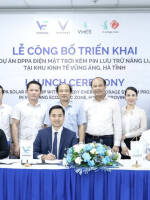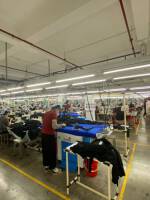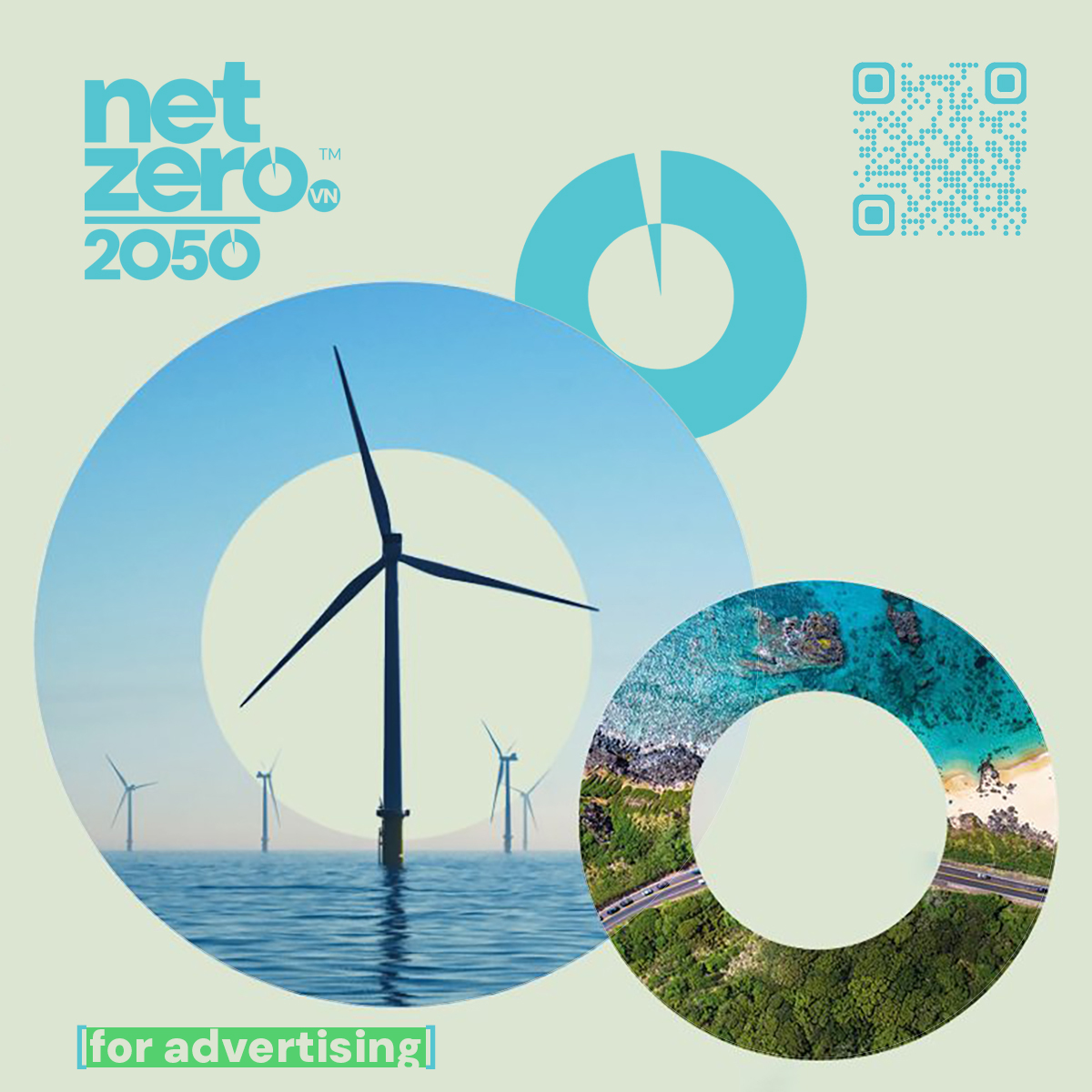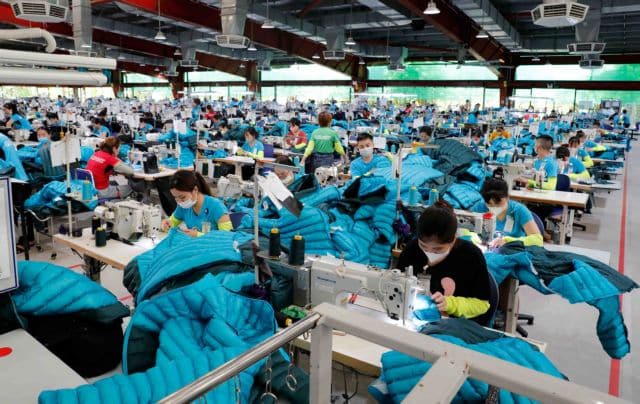
As global markets shift towards sustainability and environmental accountability, Việt Nam’s textile and garment industry is aligning its development with the circular economy model.
The circular economy, an economic system designed to minimise waste and maximise resource efficiency, is taking centre stage in Việt Nam’s industrial restructuring efforts.
It rests on three key pillars: minimising emissions through optimal use of energy and materials, extending product life via reuse and repair and recycling waste into new materials.
For the textile and garment industry, one of the country’s leading export earners, this shift holds transformational potential.
Between 2025 and 2030 it aims to evolve into a high-tech, innovative sector with improved productivity and reduced dependence on low-skilled labour.
According to industry experts, embracing circularity means eliminating virgin raw materials, reducing microfibre emissions, improving recyclability, and switching to renewable energy.
The first and most critical step lies in substituting conventional synthetic inputs with safer and environmentally benign materials, thereby laying the groundwork for a circular production cycle.
Nguyễn Thị Thanh Phượng, director of the Institute of Environmental Industry, said that safe and non-toxic input materials were essential for closed-loop manufacturing.
“Materials must be carefully designed to prevent harm across the entire lifecycle, from production to post-consumer stages,’ she said. “This includes avoiding pollutants such as plastic microfibres, synthetic dyes and hazardous additives.”
To facilitate this shift, enterprises are gradually reducing the use of fossil-based polyester, increasing recycled polyester content, and exploring regenerated cellulose fibres as sustainable alternatives.
There is a push to design mono-material garments, such as 100 per cent cotton or 100 per cent polyester, which are easier to recycle.
Biodegradable biopolymers are also being explored to replace conventional plastics.
Research indicates that while virgin polyester may take up to 1,000 years to decompose, certain recycled variants can degrade by 68.8 per cent within 180 days when buried in soil.
Innovations in dyeing technology are also being embraced. Firms are transitioning to water-based, low-toxicity dyes and adopting cutting-edge techniques such as supercritical CO2 dyeing, foam dyeing and plasma treatment to reduce water and chemical consumption while maintaining colour fastness.
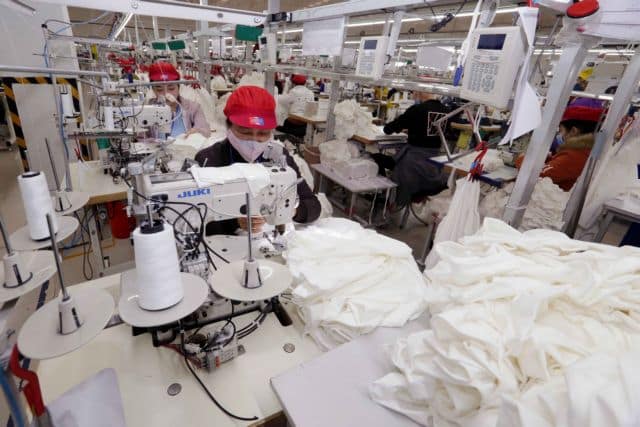
Recycling and closed-loop practices
One of the major challenges in applying circularity to fashion lies in the design process itself.
Many current production models disregard what happens once garments are discarded. This has created significant barriers to recycling at scale.
Experts advocate for material innovation and improved recycling infrastructure to accommodate mixed-fibre fabrics and post-consumer waste.
In Việt Nam, several forward-looking enterprises are pioneering change.
The Thành Công Textile Garment Investment Trading JSC has been promoting high-value, eco-friendly products made from recycled inputs.
Its closed-loop production system spans yarn manufacturing, weaving, dyeing, and garment assembly.
The firm has increased its use of recycled polyester, viscose and cotton and adopted environmental, social and governance principles.
Rational recycling in textile manufacturing is closely tied to technological renewal.
Director Phượng, PhD, believes that a national innovation programme focused on recycling technologies is necessary to support the sector’s shift.
Improvements in material-sorting systems will further elevate the quality of recyclates, ensuring consistent and traceable inputs for manufacturers.
Enterprises are also investing in emission-reduction and resource-reuse technologies, including digital cutting pattern software, wastewater filtration systems, heat recovery from dyeing wastewater, automated fabric waste sorting, and waterless dyeing solutions.
These technologies serve the dual purpose of reducing environmental impacts and improving economic efficiency.
At the heart of this transformation is Vietnam National Textile and Garment Group (Vinatex), which aims to achieve double-digit growth by 2030 through digitalisation, green development and circular production.
According to Vinatex chairman Lê Tiến Trường, the group’s strategy involves adopting Industry 4.0 technologies, restructuring enterprises, expanding domestic and overseas markets, improving corporate governance, aligning economic and national security interests, cultivating corporate culture, and enhancing workforce capabilities.
As of 2024 green products accounted for 25 per cent of the group’s output.
It produced 17,864 tonnes of yarn from recycled materials last year.
Its manufacturing model is shifting from traditional CMT (cut-make-trim) contracts to higher value-added forms such as FOB (free on board), ODM (original design manufacturing) and OBM (original brand manufacturing).
Vinatex has also established a research centre to develop functional fabrics and environmentally friendly products in line with global market demands.
Another key player, Agtex 28, has modernised its operations to align with green development goals.
The company runs an integrated production line – from spinning and weaving to dyeing and garment manufacturing – using state-of-the-art automated equipment sourced from Europe and Japan.
It plans this year to produce three million metres of tie-dyed fabric, 18 million metres of dyed fabric, and 2,500 tonnes of yarn annually.
Việt Nam’s textile and garment exports reached US$44 billion last year, cementing its position as the world’s second largest exporter.
The country aims to achieve $47–48 billion this year, with exports reaching 132 markets, led by the US, CPTPP countries, the EU, South Korea, and China.
By committing to circularity, Việt Nam’s textile and garment industry is not only aligning with global net-zero targets but also bolstering its competitiveness.
As global importers tighten requirements for sustainable sourcing, adherence to green standards is becoming a prerequisite for market access rather than a marketing bonus.
Vietnamese companies must comply with the EU Waste Framework Directive, which mandates separate collection of textile waste by 2025 across member states, the REACH Regulation, which limits the use of hazardous chemicals and promotes safer alternatives, and the EU Strategy for Sustainable and Circular Textiles, which requires garments to be durable, repairable, recyclable, primarily made from recycled fibres, and be free of toxic substances.
In navigating this transition, Việt Nam’s textile and garment sector is not only protecting the environment and public health but also strengthening its position in the global supply chain – turning sustainability from a challenge into a long-term competitive advantage.
(VNS)


